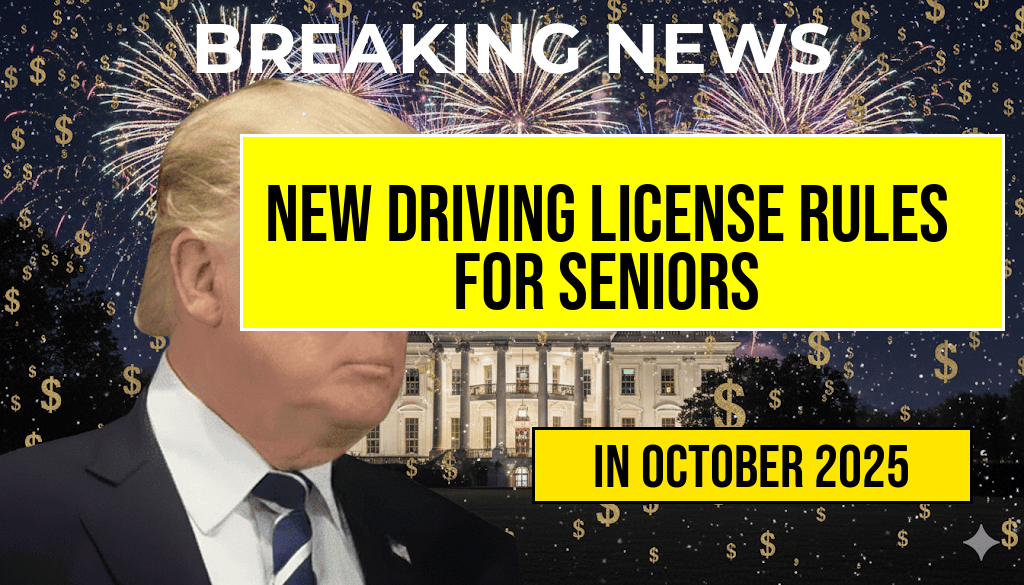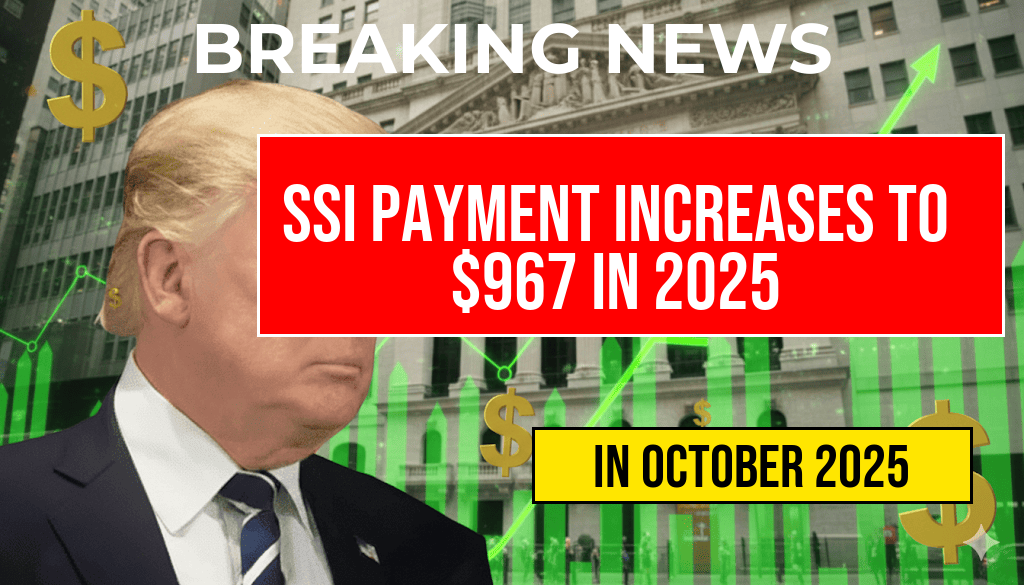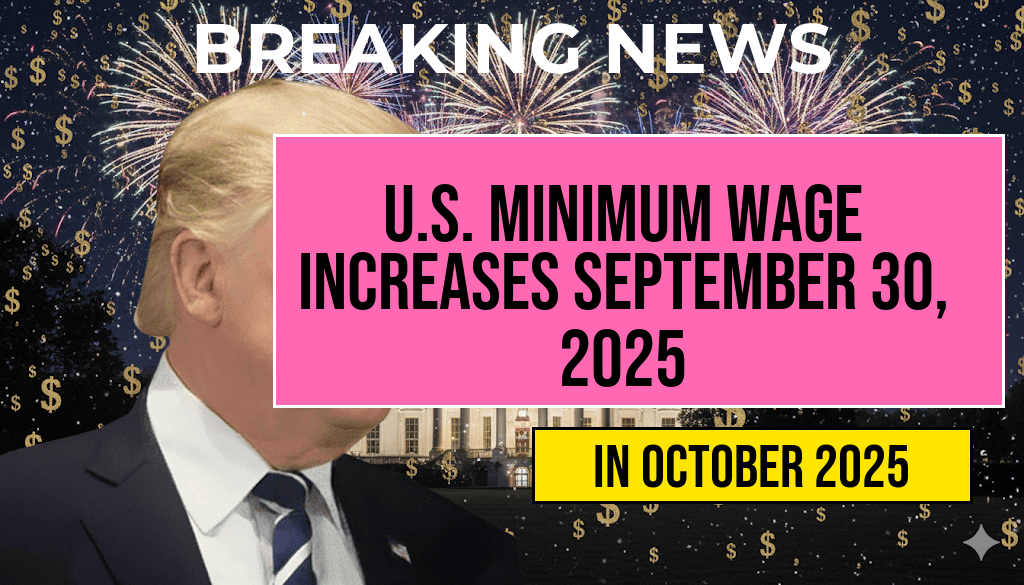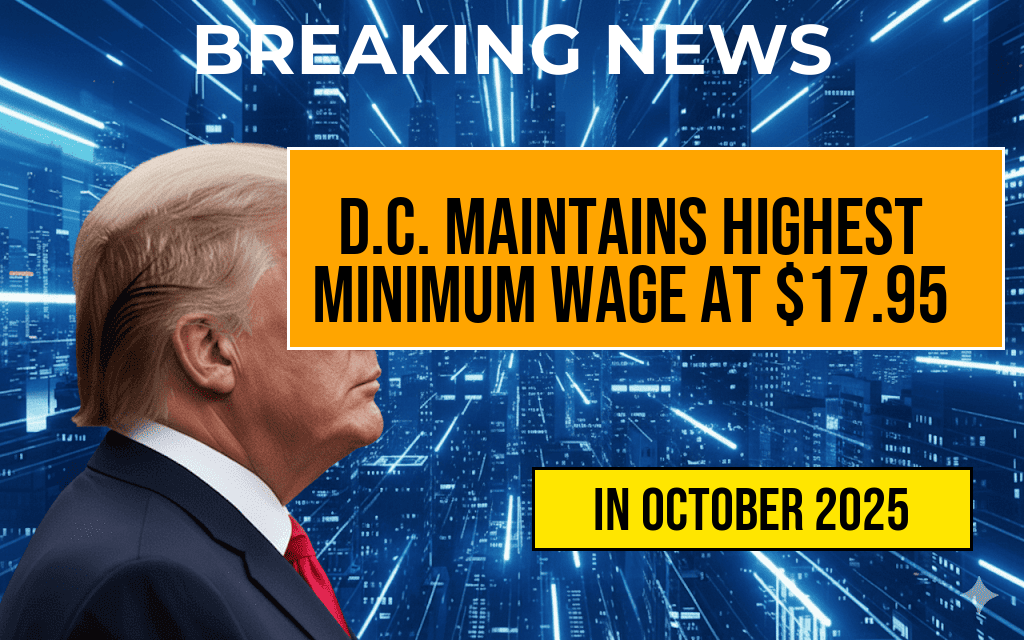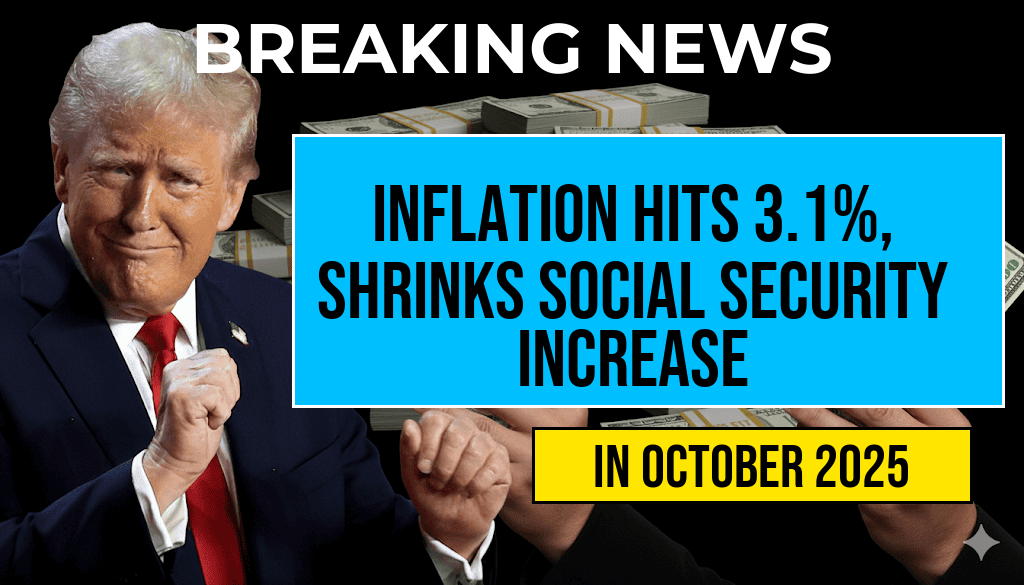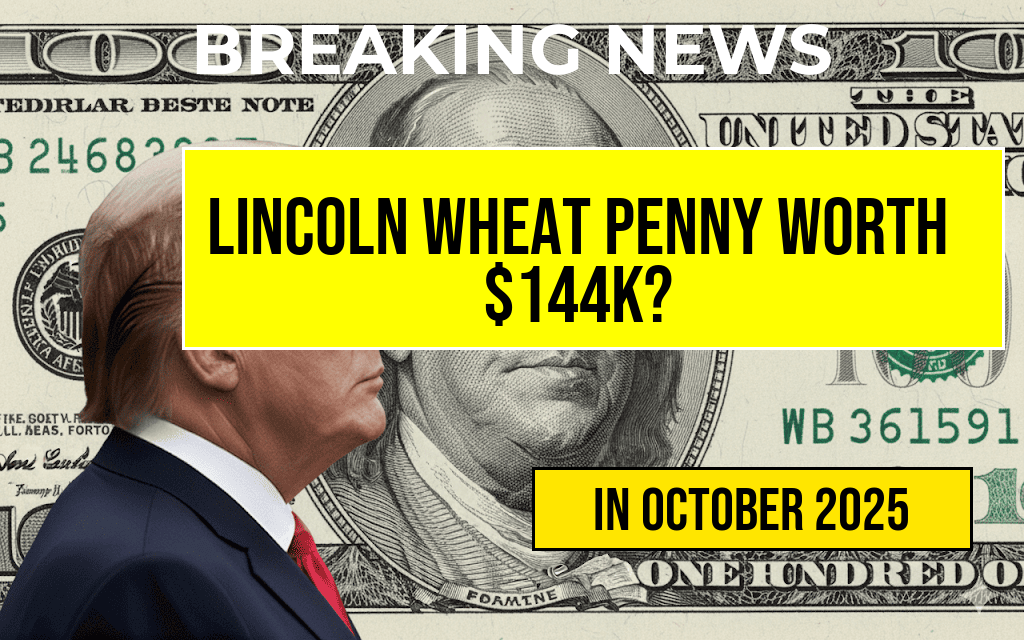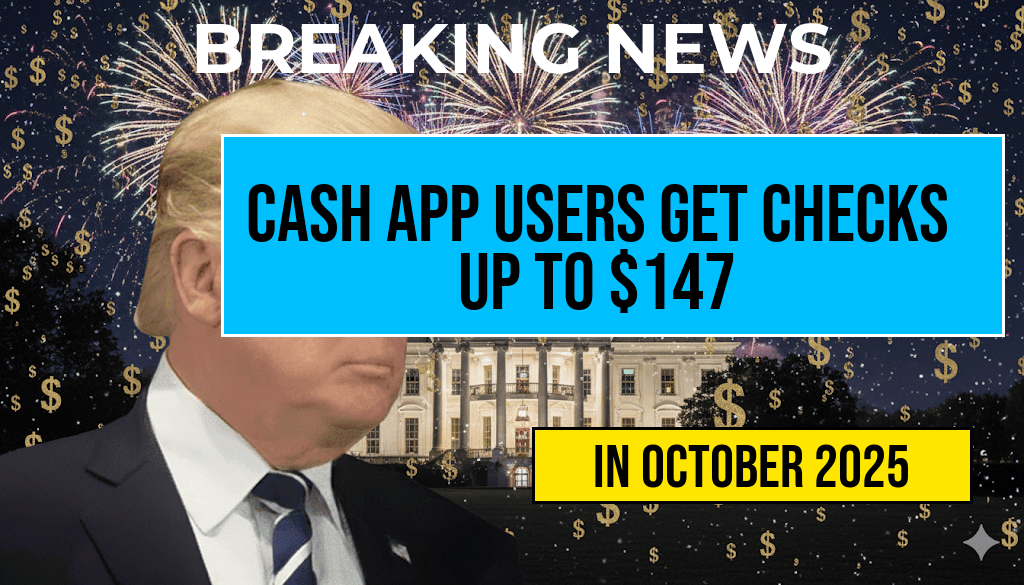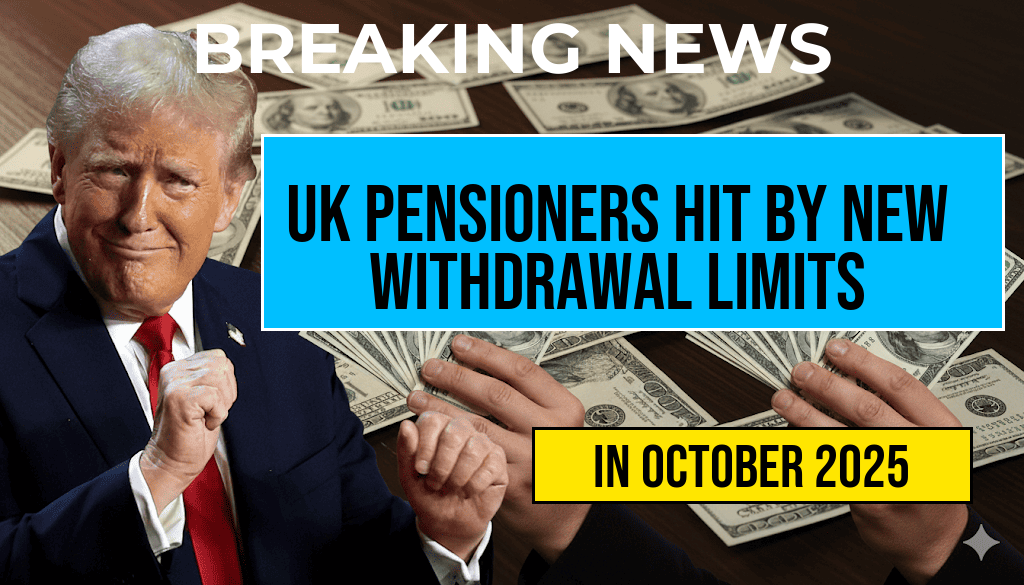The U.S. minimum wage is set to see a significant increase on September 30, 2025, marking a pivotal change in labor compensation across the country. This adjustment comes as part of a broader effort to address economic disparities and improve living standards for millions of American workers. The announcement was made by the Department of Labor, which has detailed the hourly wage changes expected in various states and sectors. With inflation and the rising cost of living heavily influencing this decision, many advocates argue that this increase is essential for promoting fair wages and reducing poverty. Full details on the changes have been made available, highlighting the varying minimum wage rates across states and specific sectors.
Details of the Minimum Wage Increase
The upcoming increase will elevate the federal minimum wage from its current rate of $7.25 per hour to $15.00 per hour. This adjustment aligns with ongoing discussions in Congress regarding wage reforms that reflect current economic conditions. States and localities that have already enacted higher minimum wages will continue to maintain their respective rates, which may exceed the federal standard.
State-by-State Breakdown
The following table outlines the projected minimum wage changes across various states as of September 30, 2025:
| State | Current Minimum Wage | New Minimum Wage |
|---|---|---|
| California | $15.00 | $16.00 |
| New York | $15.00 | $16.00 |
| Texas | $7.25 | $15.00 |
| Florida | $11.00 | $15.00 |
| Washington | $15.74 | $17.00 |
| Illinois | $13.00 | $15.00 |
Impact on Workers and Businesses
The increase in minimum wage is expected to have far-reaching implications for both employees and employers. For workers, particularly those in low-wage sectors like retail and hospitality, this adjustment could mean a more manageable cost of living and reduced financial stress. Advocates argue that a higher minimum wage can lead to increased consumer spending, which in turn can stimulate economic growth.
However, business owners express concerns about the potential impact on their operations. Many small businesses fear that increased labor costs could lead to downsizing, reduced hours, or even closures. The debate around the minimum wage often centers on finding a balance between fair compensation for workers and the sustainability of small businesses.
Broader Economic Context
The decision to raise the minimum wage comes amid rising inflation and ongoing discussions about income inequality in the U.S. According to the Bureau of Labor Statistics, inflation rates have seen significant increases in recent years, prompting a re-evaluation of wage standards. As the cost of basic necessities continues to rise, advocates argue that the federal minimum wage has not kept pace, necessitating this upcoming change to enhance economic stability for American families.
Public Response and Future Considerations
Public opinion on the minimum wage increase is divided. Supporters argue that raising the wage is a moral imperative that aligns with the nation’s values of fairness and opportunity. Opponents, however, caution that this policy could lead to unintended consequences, such as job loss or increased prices for consumers.
As the September 30, 2025 deadline approaches, further discussions and analyses will likely emerge, focusing on the real-world impacts of this wage adjustment. Lawmakers and labor organizations will be closely monitoring the situation to assess the effectiveness of the new wage structure and its implications for the U.S. economy.
For more information on the minimum wage and its implications, you can visit the U.S. Department of Labor or read more on the topic on Forbes.
Frequently Asked Questions
What is the new U.S. minimum wage scheduled to be on September 30, 2025?
The new U.S. minimum wage will increase to $15 per hour on September 30, 2025, reflecting ongoing efforts to ensure a living wage for workers across the country.
How will the minimum wage increase affect different states?
The minimum wage increase will vary by state, as some states have their own laws that set higher wages. The full list of changes will provide specific details for each state.
Will any exceptions apply to the new minimum wage law?
Yes, there are exceptions for certain categories of workers, such as tipped employees, youth workers, and some specific industries. Check the full list for detailed information on these exceptions.
Where can I find the full list of hourly wage changes?
The full list of hourly wage changes will be made available on the U.S. Department of Labor’s website and other official state resources ahead of the implementation date.
What are the reasons behind the minimum wage increase?
The minimum wage increase aims to address the rising cost of living, provide a better standard of living for workers, and reduce poverty levels across the country.

